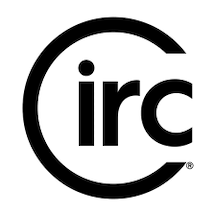Hydrothermal process technology that separates cotton and polyester fibers from polycotton waste and returns them to the raw material stage. Circ’s process is divided into three steps. First, textile waste from various sources is collected, then sorted and mechanically resized. Second, a hydrothermal process using water, pressure, and responsible chemistry separates polyester from cotton fibers, transforming the polyester into a liquid polymer and allowing separation from the cotton residue. Lastly, each output is spun into high-quality, just-like-new-fibers, such as lyocell (from cellulose pulp) and polyester (from Terephthalic Acid (TPA), and Monoethylene Glycol (MEG)). This innovative method preserves both materials for later reuse in new textiles while significantly cutting carbon emissions. Every polycotton garment Circ recycles means one less piece of clothing heading to landfills or incinerators, contributing to a healthier planet and a circular economy. Circ has already diverted 103 tonnes of textile waste from landfills, preventing 130,000 Kg of carbon dioxide emissions. Circ plans to open a factory in the next three years capable of recycling 60,000 tonnes of textile waste annually. By 2030, they aim to quintuple their capacity to 300,000 tonnes, paving the way for a sustainable transformation in the fashion industry.
